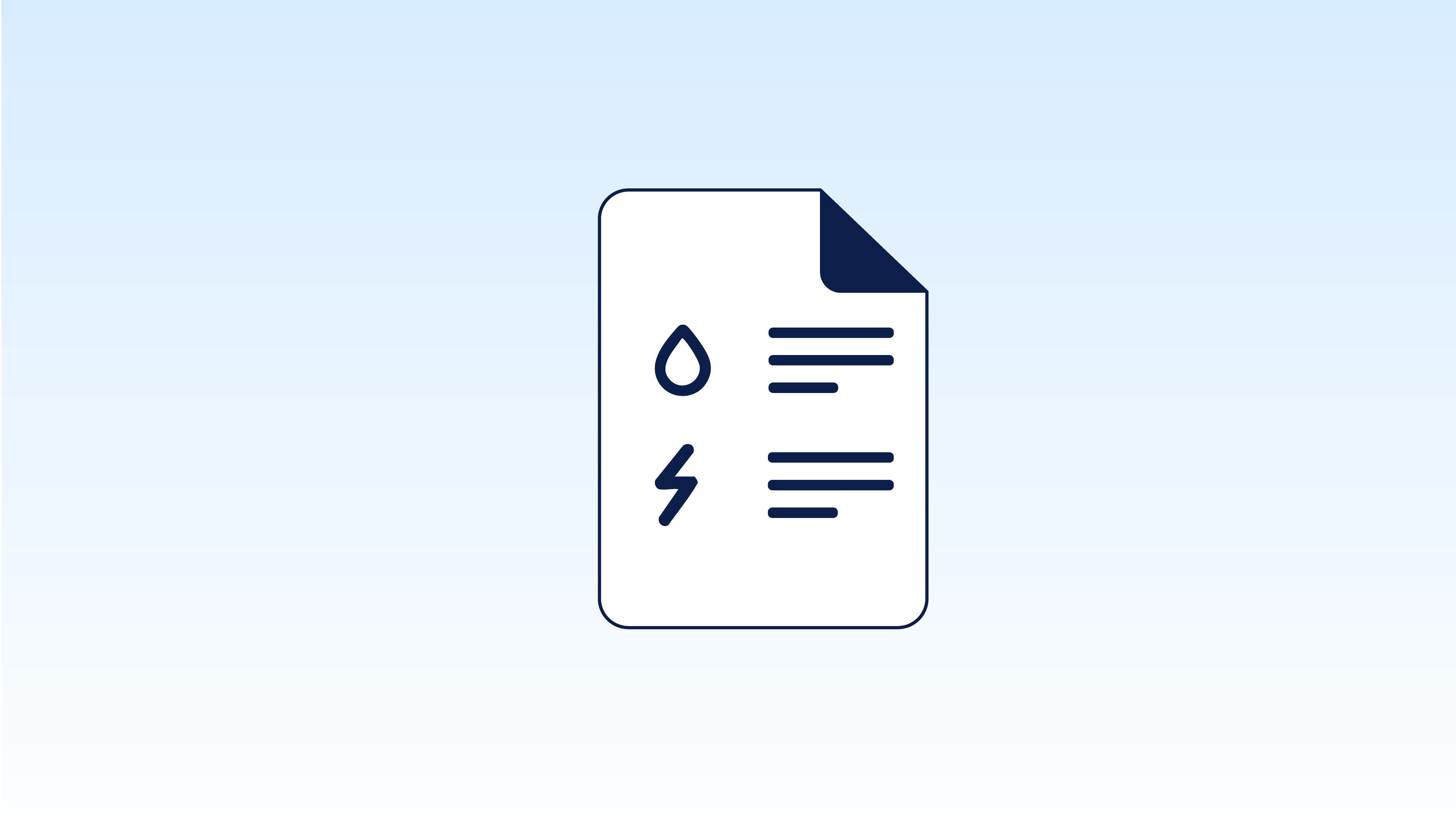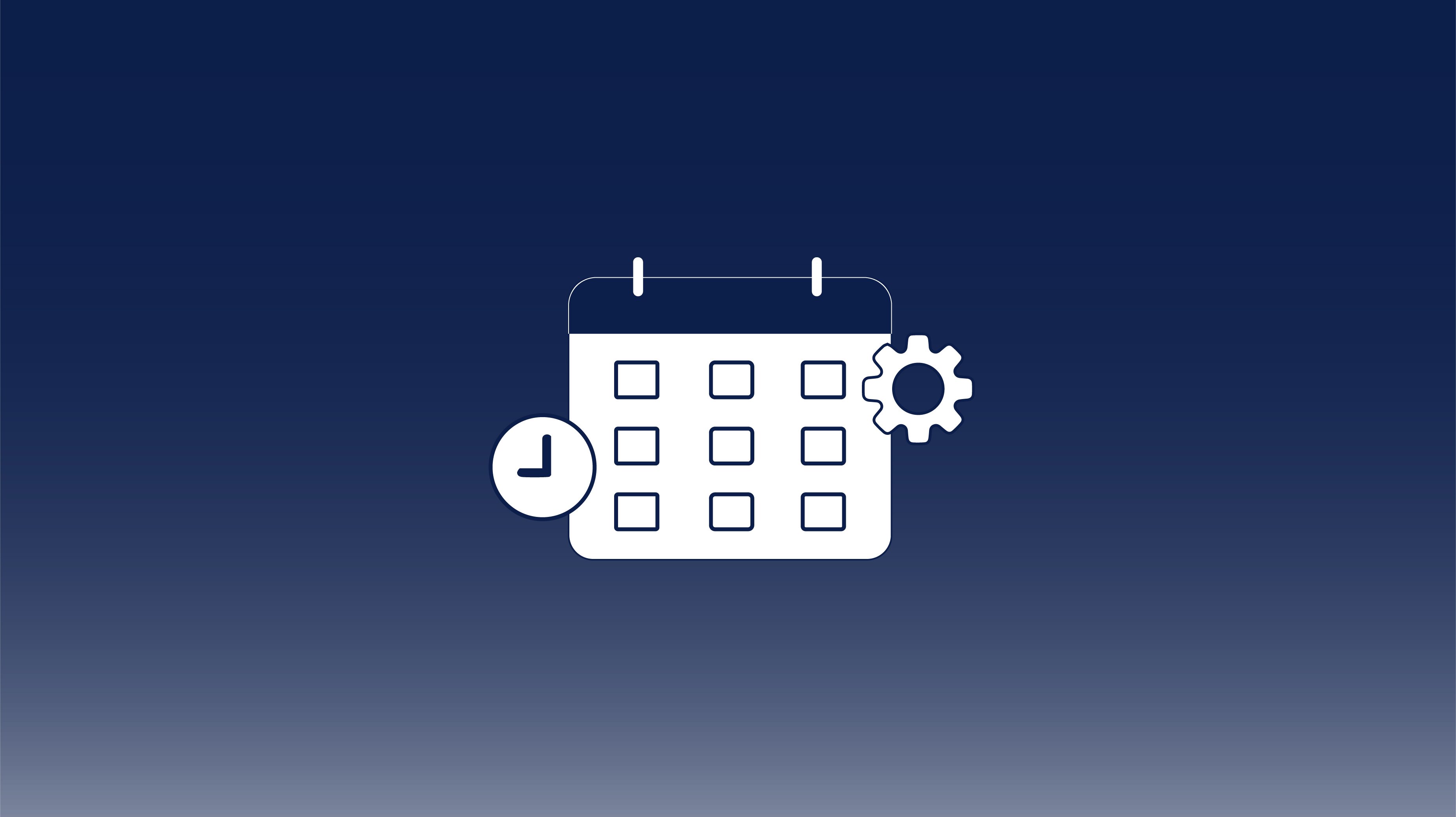Automated Accounts Receivable Programs: Cutting DSO by 30% in Six Months
In today’s economy, speed to cash is as important as speed to market. Companies that let receivables linger for 60, 75, or even 90 days are putting...
2 min read
January 15 2014
by
![]() Chris Cosgrove
Chris Cosgrove

There’s a saying that’s been around for some time that the more things change, the more they stay the same. In the modern world in which we live, technological advances offer us all kinds of applications and life-hacks that make our life easier…allegedly. It seems that even though we have all these cutting edge apps for personal productivity, health, directions, tasks, communications, and more, that we’re more cluttered and busier than ever. There’s a general feeling in the world, that despite all these advancements, we’re more disconnected from true connections and deep relationships than ever before. That’s great, and even may be true, but what does it have to do with Accounts Payable invoice processing and AP automation.
The same truism above has significance within the Accounts Payable space, especially for those encumbered with the challenge of processing utility invoices. How so? What’s so special about utility invoices?
Utility invoices are among the most complex invoices to process for a few primary reasons:
Well, like all invoices, there’s the same toolset required to successfully deploy an Accounts Payable automation initiative…OCR, electronic workflow, business rules, dashboarding, electronic content management, etc.
But as we’ve established in other posts, these are costly tools that require specialized IT resources to install. It’s a big reason that their installation architecture is changing to a cloud based infrastructure. People increasingly have less time, less money, and less people to spare towards non-core technology, so if they are going to pursue it, it needs to be with a vendor-partner that can fill in the gapswhere they don’t have the street cred to pull it off.
Because of that, we advocate the Document Process Outsourcing revolution, which you can learnmore about here. It’s the most sure-fire way to help you boost processing output, improve visibility, and reduce costs on a wholesale level in your organization.
To find out how much your payables process is really costing, you should consider a rapid AP assessment, whichwe’re happy to provide you with here! But if that’s not your speed and you’re a smarty-pants self study do-gooder then check out the e-Book below! Until next time, keep baby-steppin’ on to success!

In today’s economy, speed to cash is as important as speed to market. Companies that let receivables linger for 60, 75, or even 90 days are putting...

Managing operational costs today often means balancing operational costs against tight margins, making it essential to join a group purchasing...